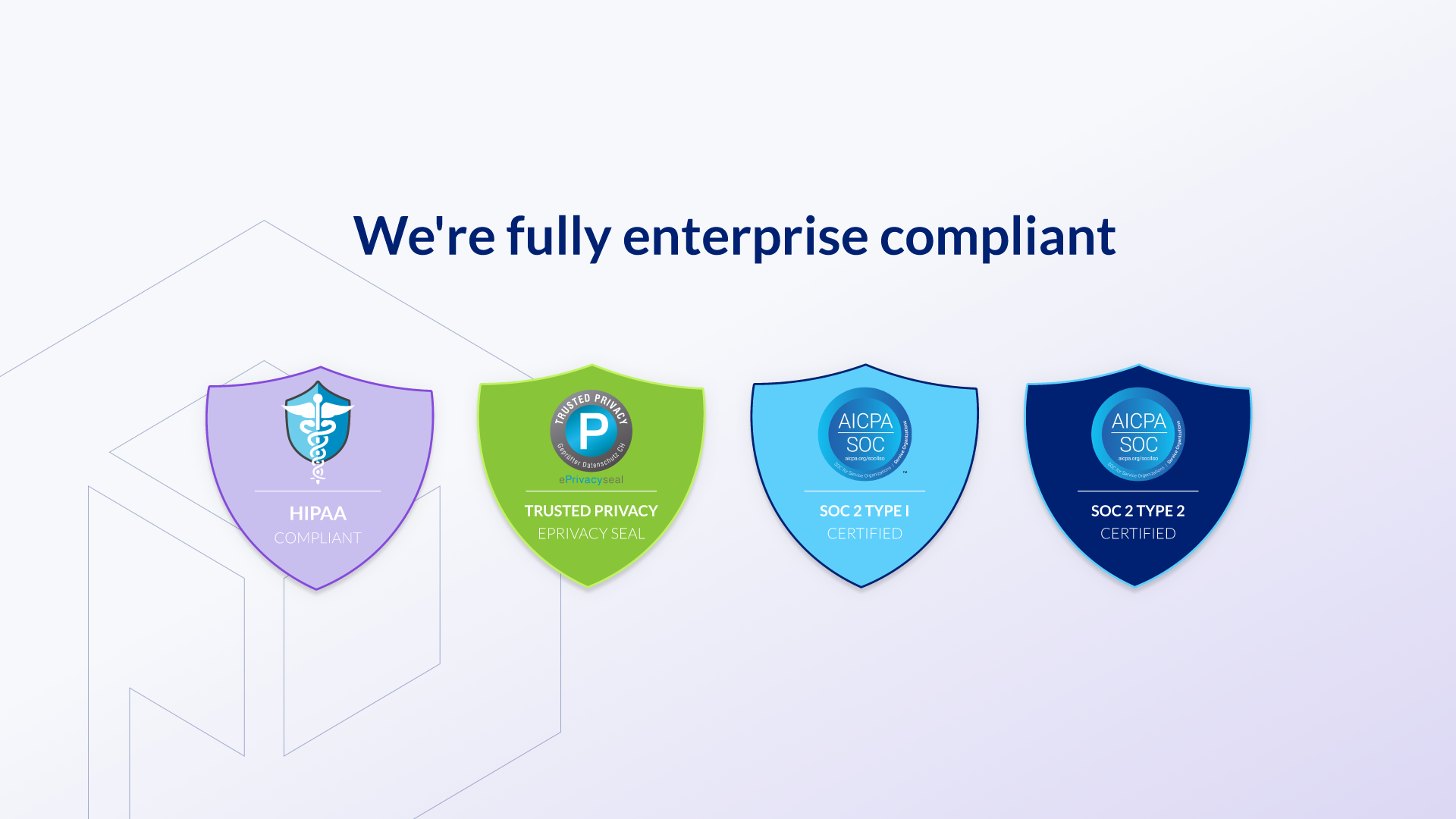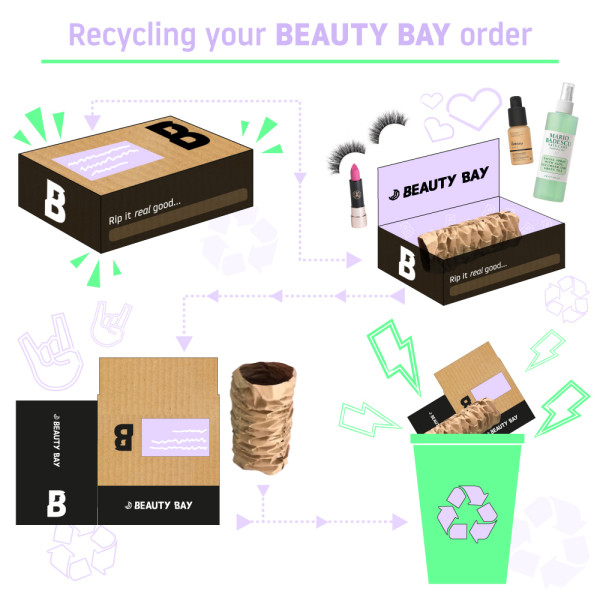6 ways to identify fake delivery notifications

Most of us don’t think twice when we receive communication from a carrier about an order. But there have been an increasing number of fake delivery notifications. They are often created by scammers who try to trick us, steal our personal data, or pressure us into making fraudulent payments. So how can we identify the real from the fake? And what can the brands we buy from do to protect us? How can they provide us with reassurance that the communications we receive about our orders are genuine?
The rise of fake delivery notifications
The recent spike in online orders across the UK and US has created an influx of emails and messages about parcel deliveries. This has created a perfect opportunity for scammers and cyber criminals to use these communications for fraudulent and illegal activity. Specifically, there are lots of messages that pretend to be from carriers.
Fraudulent carrier messages
We are often excited to receive an order and this makes it easy for cybercriminals and scammers to manipulate us. But what are the scammers after? A lot of time the scammers are after our personal data. Others send links that download harmful viruses onto our devices. Some pretend a payment is required in an attempt to access our bank details.
And so, for us as consumers, this can result in a lot of confusion and unnecessary anxiety! And especially for the more vulnerable people in our families and communities, it’s a growing concern. A lot of the fake shipment messages are hard to distinguish from ordinary, valid communication.
How to identify package notification scamming
Here are 6 top tips on what we can look out for – some of the tell-tale signs that the communications we’re receiving may be fake:
1. An unusual sender
While some fraudsters invent fake delivery companies, it’s very typical that a fake delivery notice or text message will appear as if it’s coming from a brand or a trusted name, like Royal Mail or FedEx, for example. But actually, what you want to do is check to see if there is a mobile number, for example, behind that. And if it looks like it’s a private mobile number, then it’s unlikely to be from a company like Royal Mail. Equally, with emails, it’s important to check the actual email address it was sent from. If the domain doesn’t match the brand it says it’s from, this is a big clue that it’s fake.
2. Too good to be true
The old adage applies here. If you receive a message that says you’ve won a big reward and you need to claim it, be careful. Or, if you receive a message that says you have received a package, but there are unexpected charges, carefully consider if this is a possibility before you act.
3. Urgency
The next clue that you may have received a fake delivery notice is if the tone is super urgent. Often these messages are encouraging you to do something rapidly. Of course, instinctively we often want to act right away – but exercise caution. Scammers like to play on our natural curiosity and fear to get what they want. So, if there’s undue pressure on you to act immediately, that’s a warning sign.
4. Suspicious links or downloads
If the message you receive contains unusual links or downloads, make sure you’re certain that the sender is credible before opening them. If the email lands in your junk account, but it is allegedly from a global brand, this is a sign that potentially the email is not from who it says it is.
5. Spelling errors or typos
This is a small tip that goes a long way! Look out for silly spelling and grammatical mistakes in delivery messages. Brands that send genuine emails will have teams of professionals who perfect every detail of the messages they send, so if you receive a message with mistakes, it’s likely to be a shipment tracking email scam. Also, look out for unusual capitalizations and incorrect punctuation.
6. The odd one out
If you’ve received a few emails or messages from a brand, and then you get another message that just doesn’t seem to match, this is a clue that it could be fake. For example, if the tone or style, or phrasing is different, or perhaps there are no images when usually there are, take notice of that. If it’s not consistent it may be because it is sent from a fake delivery company scammer.
Tracking fake courier companies
I hope these tips have been helpful. Remember, if you receive a fake delivery notification, report it to the associated brand and to Action Fraud or the FTC in the US. As we continue to order more online, we need to be aware of the associated risks. And it’s not just on us consumers to be more vigilant. Governments are taking notice of fake delivery companies and have more power to shut them down. It’s also the responsibility of brands to do everything they can to protect their customers.
At parcelLab, we help online retailers take back full control of their post-purchase communications. This helps brands minimize the risk of fraudulent communication and keeps customers safer. It’s an important step forward for brands so that their customers can be fully confident that the communication they receive is from the brands they know and trust.



